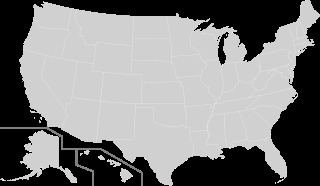November 6, 2018 2020 → 241 194 | October 29, 2015 January 3, 2003 | |
 | ||
The 2018 United States House of Representatives elections will be held on November 6, 2018. Elections will be held to elect representatives from all 435 congressional districts across each of the 50 U.S. states. Non-voting delegates from the District of Columbia and the four of the five inhabited U.S. territories will also be elected. The winners of this election will serve in the 116th United States Congress, with seats apportioned among the states based on the 2010 United States Census. Republicans have held a House majority since the 2010 elections, although they lost six seats in the 2016 elections.
Contents
These midterm elections will take place during the term of President Donald Trump, a Republican. The 2018 Senate elections, 2018 gubernatorial elections, and many state and local elections will also be held on this date.
Republicans
Five Republicans are retiring from their seats in 2018.
- Kansas 2: Lynn Jenkins: Retiring
- Ohio 16: Jim Renacci: To run for Governor of Ohio
- Oklahoma 1: Jim Bridenstine: Retiring
- South Dakota at-large: Kristi Noem: To run for Governor of South Dakota
- Texas 3: Sam Johnson: Retiring
Democrats
Three Democrats are retiring from their seats in 2018.
- Minnesota 1: Tim Walz: To run for Governor of Minnesota
- New Mexico 1: Michelle Lujan Grisham: To run for Governor of New Mexico
- Texas 16: Beto O'Rourke: To run for the U.S. Senate
Election predictions
Several sites and individuals publish predictions of competitive seats. These predictions look at factors such as the strength of the incumbent (if the incumbent is running for re-election), the strength of the candidates, and the partisan leanings of the state (reflected in part by the state's Cook Partisan Voting Index rating). The predictions assign ratings to each seat, with the rating indicating the predicted advantage that a party has in winning that seat. Most election predictors use "tossup" to indicate that neither party has an advantage, "lean" to indicate that one party has a slight advantage, "likely" or "favored" to indicate that one party has a significant but not insurmountable advantage, and "safe" or "solid" to indicate that one party has a near-certain chance of victory. Some predictions also include a "tilt" rating that indicates that one party has an advantage that is not quite as strong as the "lean" rating would indicate.
